Mach 3 Speed Facts
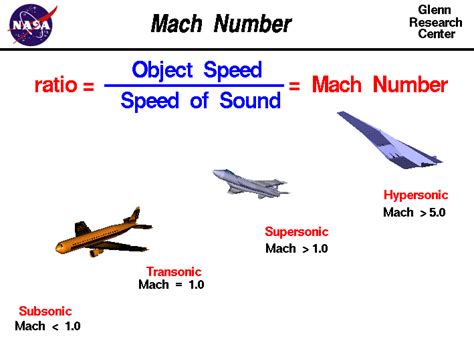
Introduction to Mach 3 Speed
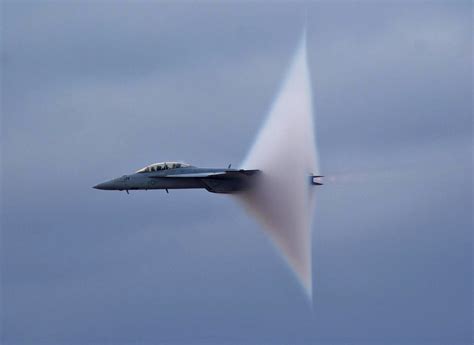
The concept of Mach 3 speed is rooted in the field of aerodynamics and is used to describe an object’s speed in relation to the speed of sound. Mach 3 refers to an object moving at three times the speed of sound, which is approximately 2,280 miles per hour (mph) or 3,670 kilometers per hour (km/h) at sea level in dry air at a temperature of 59 degrees Fahrenheit (15 degrees Celsius). This speed is extremely high and is typically associated with advanced military aircraft and some spacecraft.
Understanding Mach Numbers
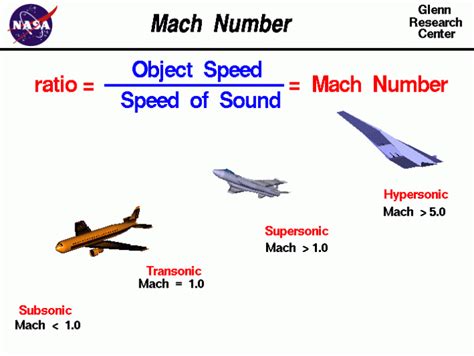
To grasp the significance of Mach 3, it’s essential to understand what Mach numbers represent. The Mach number is a dimensionless quantity in fluid dynamics representing the ratio of flow velocity past a boundary to the local speed of sound. It is named after the Austrian physicist Ernst Mach, who is known for his contributions to the study of supersonic flow. Mach numbers are crucial in aerodynamics because they help predict the type of flow (subsonic, transonic, supersonic, or hypersonic) around an object and the forces it experiences.
Applications of Mach 3 Speed
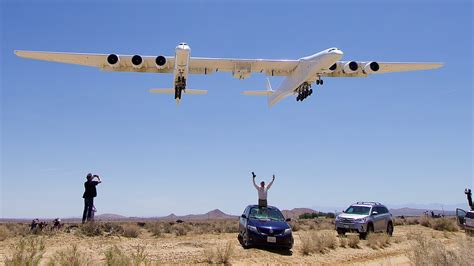
The ability to achieve and sustain Mach 3 speeds has numerous applications, primarily in the fields of military aviation and space exploration. Some key applications include: - Military Aircraft: Certain military jets are designed to operate at supersonic speeds, including Mach 3, to quickly respond to threats or achieve strategic advantages. The Lockheed SR-71 Blackbird, for example, is a supersonic reconnaissance plane that can exceed Mach 3. - Spacecraft: During ascent and re-entry phases, spacecraft often achieve speeds that far exceed Mach 3. The high speeds are necessary for escaping Earth’s atmosphere and for generating the heat shield necessary to protect the spacecraft during re-entry. - Missile Technology: Ballistic missiles can reach speeds of over Mach 3 during their flight, making them highly effective but also difficult to intercept.
Challenges of Achieving Mach 3
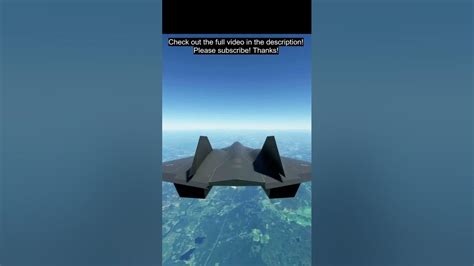
Achieving and maintaining speeds of Mach 3 pose significant technological and engineering challenges. These include: - Heat Generation: At high speeds, especially above Mach 3, the friction generated by moving through the atmosphere causes the air around the object to heat up significantly. This can lead to structural damage or failure if not properly managed through the use of heat-resistant materials. - Aerodynamic Stability: Supersonic flight requires careful management of aerodynamic forces to maintain stability and control. This involves sophisticated design and control systems. - Propulsion: Generating enough thrust to accelerate an object to Mach 3 and sustain it requires powerful and efficient engines, often jet engines with afterburners for military applications.
Future Developments and Research

Research into achieving and sustaining high speeds, including Mach 3, continues to advance with ongoing developments in materials science, aerodynamics, and propulsion systems. The future of high-speed flight may involve: - Hypersonic Vehicles: Vehicles capable of flying at speeds above Mach 5, which could revolutionize transportation and military response times. - Advanced Materials: New materials that can withstand the heat and stress of high-speed flight are under development, enabling the construction of vehicles that can operate at Mach 3 and beyond for longer periods. - Sustainable Propulsion: Efforts to develop more efficient and environmentally friendly propulsion systems that can achieve high speeds without the significant fuel consumption and environmental impact of current systems.
🚀 Note: The development of vehicles capable of Mach 3 speeds requires significant investment in research and development, as well as overcoming the substantial technical challenges associated with such high speeds.
In summary, achieving Mach 3 speeds is a complex task with significant implications for military aviation, space exploration, and potentially future transportation technologies. The challenges are considerable, but ongoing research and development are pushing the boundaries of what is possible. As technology continues to evolve, the potential for vehicles to reach and exceed Mach 3 speeds will grow, opening up new possibilities for both military and civilian applications.
What does Mach 3 speed represent?
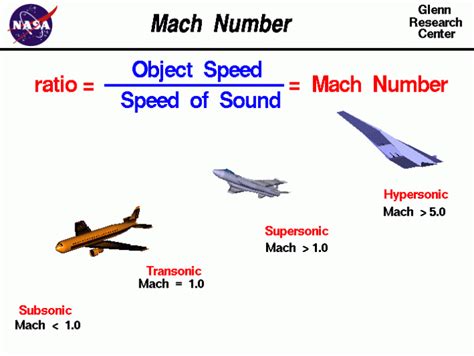
+
Mach 3 speed represents an object moving at three times the speed of sound, which is approximately 2,280 miles per hour (mph) or 3,670 kilometers per hour (km/h) at sea level.
What are the primary applications of Mach 3 speed?
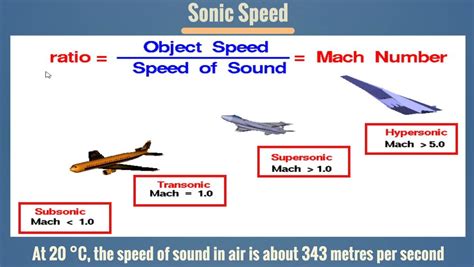
+
The primary applications of Mach 3 speed are in military aviation for quick response and strategic advantages, and in space exploration for achieving orbit and re-entry.
What are the challenges of achieving Mach 3 speeds?
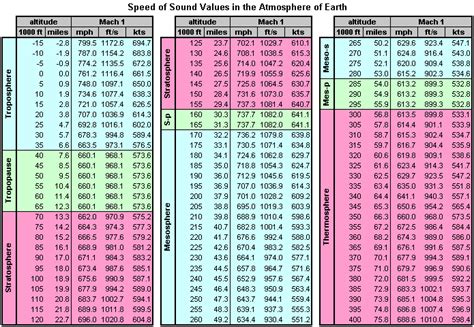
+
The challenges include heat generation, maintaining aerodynamic stability, and developing propulsion systems powerful enough to achieve and sustain such high speeds.
Related Terms:
- How fast is Mach 4
- How fast is Mach 2
- How fast is Mach 10
- How fast is Mach 20
- How much is Mach 3
- how fast is mach 3 5



